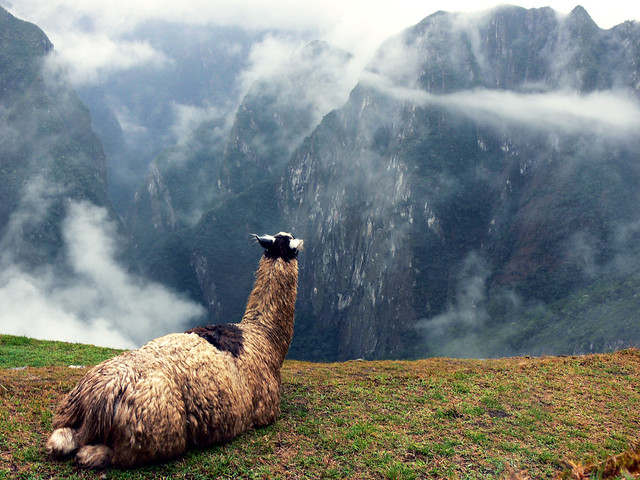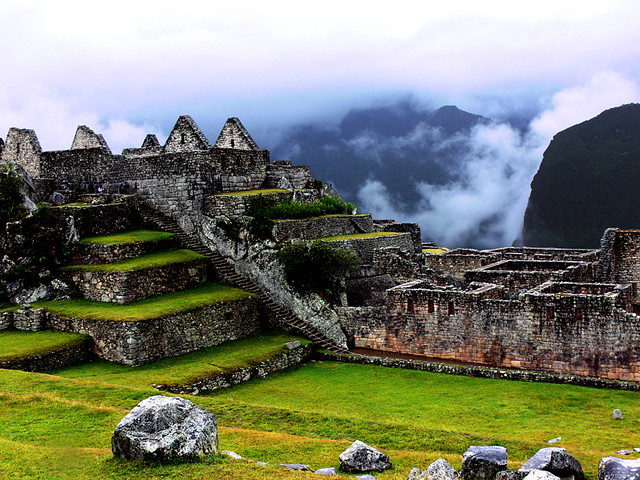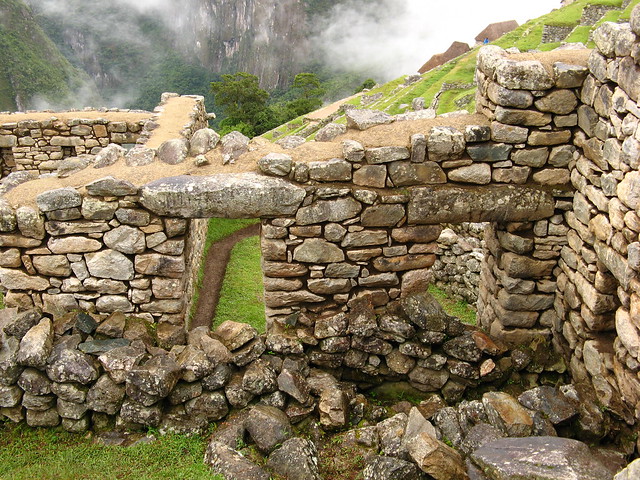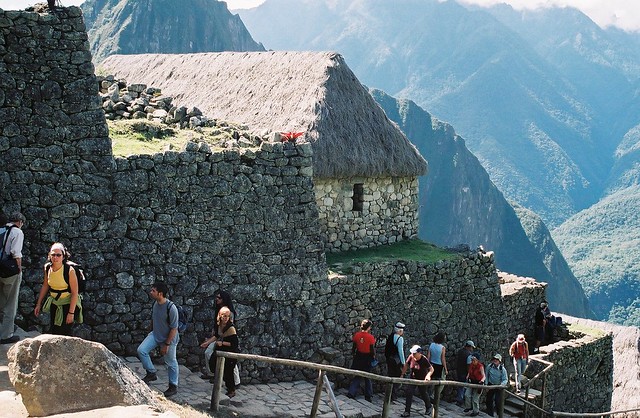Machu Picchu
Machu Picchu, the famed lost City of The Incas is perched in the most dramatic setting amidst the high peaks of the Andes. Here's our guide to what makes it so special and of course, the best ways to see it.
Highlights of Machu Picchu
Without a doubt, what makes Machu Picchu quite so special is the combination of the dramatic ruins and the majestic mountain setting, here is what to look out for:
- Exploring the Royal Buildings - The Palace of the Princess with its well polished, well placed stones, the Royal Tomb, located beneath the tower of the Temple of the Sun and believed to have been the mausoleum of kings and the King’s Sector: a group of finely designed buildings including a courtyard, bedroom and study.
- Figuring out the purposes of the temples, where peculiar remains have led to speculation about the practice of human sacrifice at Machu Picchu.
- The baths - The Incas loved water and the 16 ceremonial baths of Machu Picchu survive as testimony to this. They are all linked by one aqueduct system, complete with waterfalls and streams. Above these streams stands a three-walled building, thought to be a temple.
- The Intihuatana Stone, an ancient sundial, highly valued due to the fact that it escaped destruction at the hands of the Spanish. The name literally means ‘where one ties the sun’ and during the summer and winter solstices the sun shines directly above it, casting no shadow. One of many theories is that it helped the Incans to know when to plant and harvest their crops.
The history of Machu Picchu
Before European explorers ‘found’ South America there were other powers at work there. Along with the Maya, the Aztec, the Olmec and the Tolec, there were the Inca. The Incan Empire grew from a strong governmental and administrative core in the Andean mountains and spread out until it stretched down the northwest coast of South America, encompassing much of Ecuador and Peru, as well as large swathes of Bolivia, Argentina and Chile. The most famous remnant of this empire is the legendary terraced settlement of Machu Picchu. Carved into a mountain from which it takes its name Machu Picchu, crudely translated from the Quechuan, means ‘Old Mountain’. The site escaped the fate of so many other marvels of the Incan Empire at the hands of Spanish conquistadores, simply because they did not know where it was. It remained unknown to the invaders for nigh on 300 years until a young Quechuan boy led an American historian to the site. Hiram Bingham had been looking for an Incan site called Vilcabamba, and along the way had learnt about some ruins located on the top of a steep mountain. In reality a Quechuan farmer had already been using the terraces for some time and a number of others had visited the site, some even leaving their names carved into the rocks. Yet because Bingham wrote a book called ‘Lost City of the Incas’ he was able to claim that he had discovered it.
There are a number of theories abounding as to the purpose of Machu Picchu. Many believe it was the estate of the Incan Emperor, Pachacuti. Other historians claim it was a religious site due to its positioning on the mountain, and the way this aligns it with the stars. Some believe it is a place for royal ceremonies, such as coronations of Incan kings, while still others see it as an agricultural testing site, where plants were tested in the micro-climates of the mountain.
How to get to Machu Picchu
The favoured route is the classic Inca Trail, a famous four day trek that finishes at the site of Machu Picchu. But there are many easier ways to reach Machu Picchu for those short of time, unwilling to trek or unable to get hold of permits for the Inca Trail! From Cusco most visitors head to Aguas Calientes and then to Machu Picchu.
Getting from Cusco to Aguas Calientes
There are limited services on a direct train from the village of Poroy (nr Cusco) to Aguas Calientes. Alternatively you can catch a bus to Ollantaytambo(~65km) and then the train from Ollantaytambo to Aguas Calientes. There are a number of services offering this route:
- Backpackers Train – the cheapest option. Popular with backpackers as it has racks to store backpacks in. It runs between Ollantaytambo and Aguas Calientes.
- Expedition Train – a new service which opened in 2010. It has panoramic windows and windows in the roof for viewing the mountain scenery. Snacks and hot drinks are included. The seats are comfortable and the carriages have tables. More expensive than the backpackers service, cheaper than the Vistadome.
- Vistadome Train – similar to the Expedition service it offers panoramic and roof windows but also leather seats and more leg room. It arrives in Aguas Calientes before the Expedition train, but it is pricier.
- Hiram Bingham Train – named after the ‘discoverer’ of Machu Picchu it is as pompous as it sounds. Luxurious and gleaming, with two dining carriages, an observation/bar carriage and a kitchen carriage: in such a poor area of the world it might make you feel quite uncomfortable as the villagers flash by.
Getting from Aguas Calientes to Machu Picchu
From Aguas Calientes you can trek the 90 minutes up to the ruins, or you can take the $8 bus direct to the site (along with all the other day tourists). This bus runs throughout the day from 5.00am to about 5.00pm.
Our tours featuring Machu Picchu
Classic Inca Trail from £334pp: The Classic four day Inca Trail is top of most people's agendas. And whilst, yes it is busy, yes getting permits isn't all that easy, it is still the ultimate way to see Machu Picchu and the stunning surrounding scenery.
Short Inca Trail from £255pp: A 2 day one night Inca Trail for those with less time or less inclination to trek for four days. This trek misses some of the best mountain scenery but does take in the spectacular approach to Machu Picchu. This trail is still subject to permits.
The Salkantay Trail from £395pp: The 5 day / 4n night Salkantay Trail was named one of the 25 best Treks in the Worlds by National Geographic Adventure Magazine. Salkantay (Salcantay) is an incredibly beautiful if sometimes demanding trek. After 3 days of trekking you are transported to Machu Picchu for a guided tour.
Lares Valley from £410pp: The Lares trek takes you off the beaten path through beautiful valleys and traditional communities. The emphasis here is on exploring villages, visiting markets and seeing the locals produce wonderful hand-made textiles. After 3 days trekking you're transported to Machu Picchu for a guided tour.
> View our full range of Peru Holidays and Peru treks






